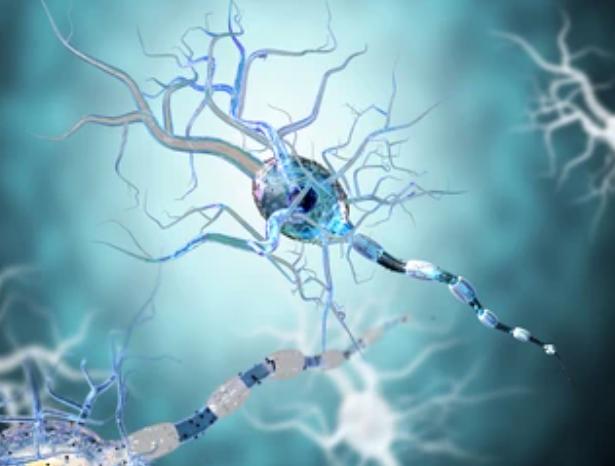Generation and Applications of Neural Stem Cells

Neural stem cells (NSCs) are a type of multipotent stem cells that can self-renew and differentiate into neural cells, including neurons, astrocytes, and oligodendrocytes. Recent studies have indicated that the transplantation of NSCs is a promising treatment modality for diseases associated with the nervous system, for the regeneration of neural cells, and for the restoration of the microenvironment at the injury site.
Generation of Neural Stem Cells
NSCs can be derived from three different sources using recent technical advances, including direct extraction from primary tissues, differentiation from pluripotent stem cells (PSCs), and trans-differentiation from somatic cells.
| Generation methods | Description |
| Direct extraction | One method for generating NSCs is the direct extraction from primary tissues, such as the brain or spinal cord. This technique involves isolating and culturing NSCs from these tissues, allowing for their expansion and differentiation. |
| Differentiation from PSCs | PSCs, including embryonic stem cells (ESCs) and induced pluripotent stem cells (iPSCs), are capable of differentiating into any cell type in the body, including NSCs. This method allows for the production of a large number of NSCs from a relatively small starting population of PSCs. |
| Trans-differentiation from somatic cells | Trans-differentiation involves reprogramming somatic cells, such as fibroblasts, into NSCs without the intermediate step of generating PSCs. This method offers a more direct and efficient approach to obtaining NSCs. |
Applications of Neural Stem Cells
- Neurodegenerative diseases
Neurodegenerative diseases are caused by neural or glial cell defects in the brain or spinal cord, including amyotrophic lateral sclerosis (ALS), Parkinson's disease (PD), Alzheimer's disease (AD), and Huntington's disease (HD). Human NSCs secrete glial cell line-derived neurotrophic factor and brain-derived neurotrophic factor, which induced the regeneration of motor neurons in a transgenic rat model of ALS. Although NSC transplantation in PD animal models has shown a certain degree of benefit, additional studies are required to elucidate its clinical efficacy and safety. - Spinal cord injury
Spinal cord injury (SCI) is a severe physical injury and often gives rise to severe loss of motor function and secondary damage. Transplantation of NSCs in a mouse model of SCI leads to significant improvements in motor function recovery, thus indicating that NSCs can survive in vivo, differentiate, and alter the microenvironment of early chronic injury sites. In a primate SCI model, transplanted NSCs have been found to differentiate into cells expressing neuronal markers, thereby improving hind limb performance. - Stroke
Stroke is an acute cerebrovascular disease that includes ischemic and hemorrhagic stroke. Transplanted mouse iPSC-derived or human fetus-derived NSC lines have been reported to provide neurotrophic factors and increase angiogenesis and neurogenesis in both ischemic and hemorrhagic stroke animal models. - Traumatic brain injury
Traumatic brain injury (TBI) is extremely likely to cause cognitive and memory deficits as well as motor impairments. Transplantation of mouse brain-derived NSCs into brain injury mice effectively prevents astroglial activation and microglial/macrophage accumulation while increasing oligodendrocytes and repairing and maintaining normal neuron function.
Creative Bioarray Relevant Recommendations
Creative Bioarray provides our customers with a large and unique collection of high-purity, low-passage human and animal neural stem cells, including but not limited to Strain C57BL/6 Mouse Neural Stem Cells, Sprague-Dawley (SD) Rat Neural Stem Cells, Human Neural Stem Cells-cortex region, Human iPSC-Derived Neural Stem Cells, Human Neural Stem Cells-ventral mesencephalon region, Mouse Spinal Cord Neural Stem Cells, Rat Hippocampal Neural Stem Cells, and others.